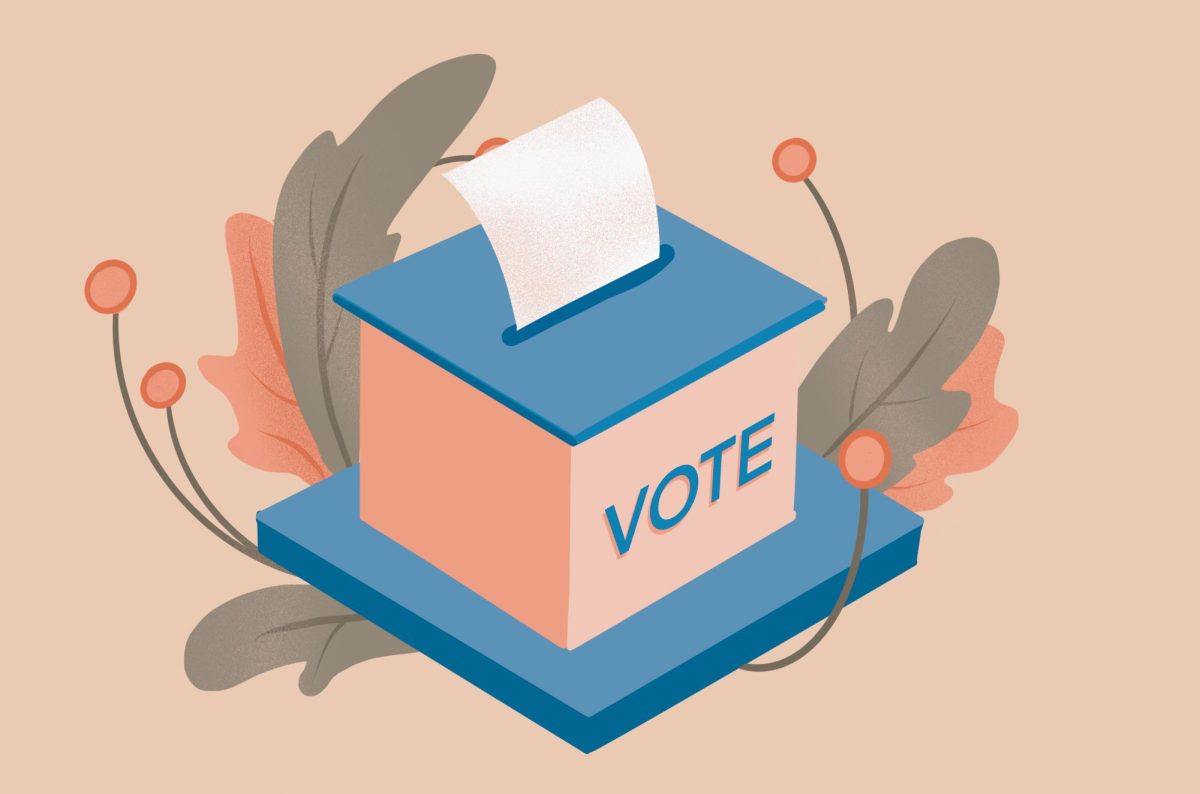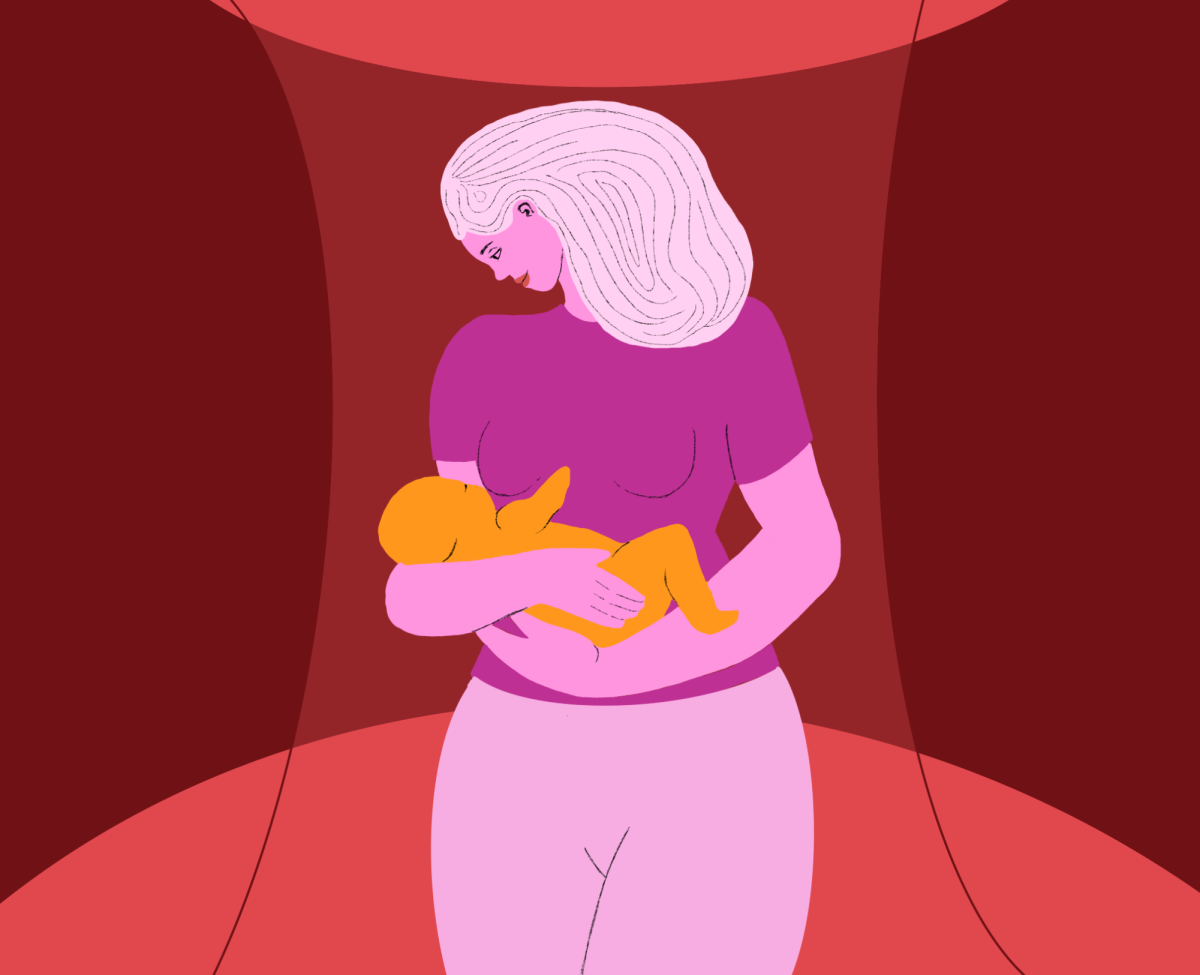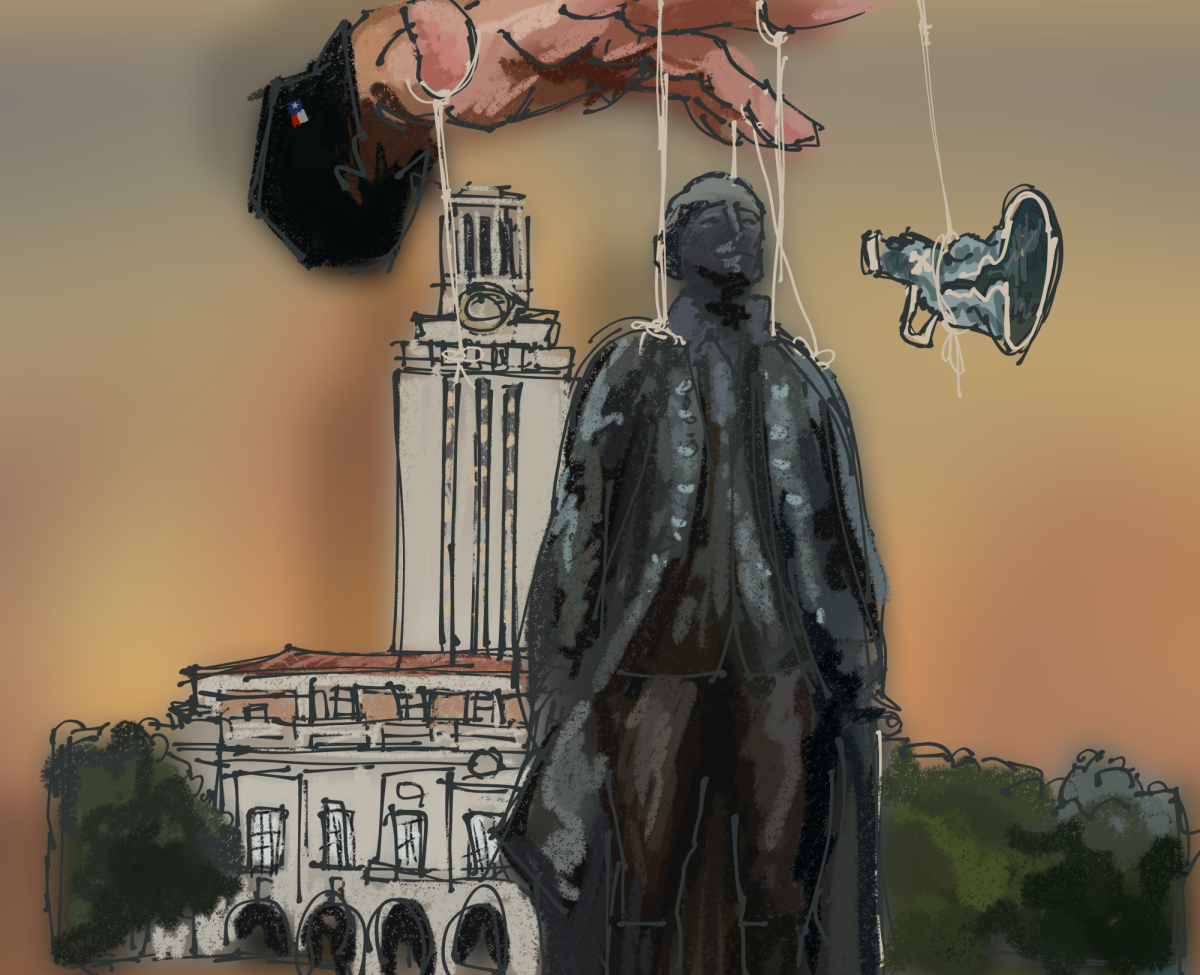With each presidential election, the race for the White House seems to begin earlier in the cycle. Candidates began announcing their campaigns a year and a half before 2024, and there has been a whirlwind of media coverage since. At some point, the rancor can become overwhelming, and many Americans have started to tune it out.
In all honesty, indifference is understandable. Many stories about candidate’s statements or poll results can seem mundane or unimportant, and with everyday obligations and global affairs dominating the headlines, domestic politics for a faraway election can quickly lower on a person’s list of priorities.
But while the November election is often the central focus, the real impact can come as early as February in Texas.
Primary elections allow voters to show support for individual candidates rather than a larger party, and voters don’t necessarily have to align with the same party every year. This spring, Travis County voters should defy precedent and vote in the primary that runs from Feb. 20 through March 5.
In a primary election in Texas, voters choose the party they wish to voice an opinion on and support one candidate for each position on the ballot. If you vote in a Republican or Democratic primary, you can focus on a candidate’s stance on a specific topic, like healthcare or education, and determine which candidate fits your beliefs better.
The candidate with the most votes in a primary election will go on to represent their party in the November general election.
Travis County Clerk Dyana Limon-Mercado explained that primaries give voters the chance to express their views on both elected offices and party stances. Through party propositions, voters have a lot more say in a party’s political direction.
“You’re helping to shape the platform and the candidates of your party,” Limon-Mercado said. “Depending on your affiliation, most voters are voting for a candidate that they think upholds their individual values as a voter.”
Despite the tailored choices one can make in a primary, the turnout is significantly lower when compared to the November general election. According to a study by the States United Democracy Center, turnout in primaries since 2000 has averaged 27% of registered voters, compared to 60.5% of registered voters in general elections. Although primaries produce about half the number of voters in the November election, they ultimately decide who the candidates in November will be.
Election fatigue is one likely reason for this disparity. In 2023, there were two elections. In 2022, Travis County held seven elections, a record according to Limon-Mercado. Theatre education junior Ethan Sebree believes the quantity of some voting cycles may be a cause.
“It can lead to a problem with voter turnout where people just don’t care since there’s a million elections now,” Sebree said.
While the number of elections can be exhausting and daunting, resources like Travis County Elections work to make them accessible through calendar breakdowns and registration information.
Primaries can seem like just another facet of the voting cycle and are often overlooked in favor of the general election. Consequently, the candidates on the ballot in November may only reflect the views of the minority that voted, not the majority being affected. But it doesn’t have to be that way — by showing up and casting a vote, we can push our democracy one perspective closer to an accurate look at our beliefs.
Representation of the views of the people is at the heart of our nation’s institutions, and our chance to be heard starts now.
Travis County early voting begins Feb. 20, and election day is March 5. The last day to update voter registration is Feb. 5.
Doud is a journalism and government freshman from Conroe, TX.
Editor’s Note: A previous version of this column stated that Travis County held seven elections in 2023. The column has been updated to reflect that there were seven elections in 2022 and two elections in 2023. The Texan regrets this error.














